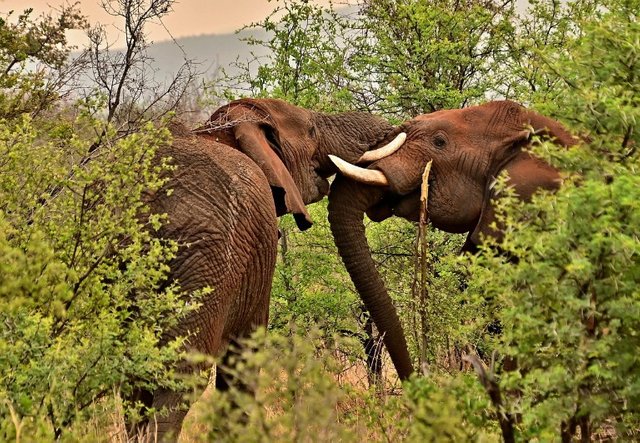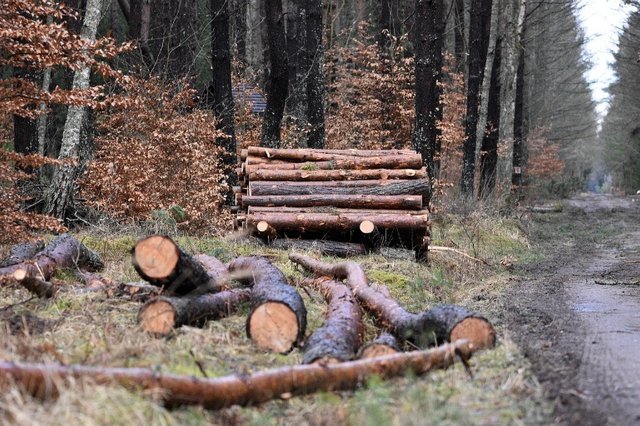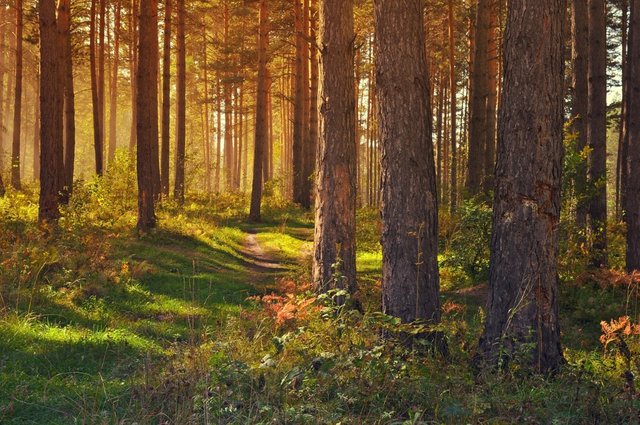Basic Knowledge in Agriculture #45
Forest
Forest is a large piece of land densely populated with trees and grasses forming an environment for other plants, animals and microorganisms.
Importance of forests.
The importance of forests to human beings and the ecosystem is so numerous and some of these are as follows:
- It helps purify or convert carbon dioxide to oxygen, which we need for survival.
- Some of the trees in the forest serve as sources of medicine for human well-being
- Forest is a source of raw materials like timber for man's use and economic development.
- Source of food for human consumption and other animals. For example, mango, star apple, oranges, etc.
- Forests affect the weather as they help in the adjustment of temperature and moisture in the atmosphere.
- Forests serve as habitat for wild animals like monkeys, Leopard, Zebra, antelopes, etc and also for birds.
- It prevents soil erosion as the roots of the trees bind the soil together.
- Some forests serve as recreational centres where people visit to see nature on display.
Types of forests.
We basically have three types of forest which are:
Boreal forests: This is a forest that is dominated by coniferous trees like spruce and pine. It has cold, long winters and short, warm summers and can be found in high-latitude regions of North America, Europe, and Asia.
Tropical forest: This is a forest that experiences a high level of temperature, a high amount of rainfall and is found near the equator. It is further divided into evergreen, semi-evergreen, seasonal and monsoon forests.
Temperate forest: This is a forest that is characterised by cold winters and mild, moist summers and found in the temperature zone between the tropical and boreal regions.

Source
Wildlife conservation.
Wildlife in the first place refers to animals that are not kept at home and other living organisms like lions, elephants, etc and plants that grow in their natural environment.
Therefore, wildlife conservation is an activities which help in protecting wild animals and keeping their natural environment to stop them from vanishing. This can be done by creating awareness or public education, creating reserves, and adopting protective laws etc. This practice of wildlife conservation helps to maintain healthy wildlife species and restore the natural ecosystem. It also improved agricultural yields and reduced the threat of pests and natural disasters.

Source
Effects of deforestation.
Deforestation, as defined, is the deliberate cutting down of trees or clearing of forest land for the purpose of mining activities, development, etc. Deforestation poses a threat to man, natural ecosystems and the climate some of which are:
- It increases the chances of flooding and drought, which, when they happen, displace people and also affect agricultural activities.
- It gives room for soil erosion because the roots of the trees, which stabilise the soil, are being removed.
- It causes loss of resources: Some of the trees in the forest are a source for medicine, and deforestation leads to their loss.
- It disturbs the water cycle, which in turn reduces agricultural activities.
- It increases carbon emissions.
- It increases the risk of disease.
Conclusion
I encourage everyone who reads through this article to plant trees to combat climate change, improve air and water quality, and support biodiversity.
Invitation
I invite @stef1, @goodgift52, @aburihan1 and @nsijoro to support and participate in the contest.
CC
#hive-118902


X Share (Twitter) Link
https://x.com/Manasseh3600/status/1961428279325311171?t=ovDbCCfTvrOCux8TaRIEzQ&s=19